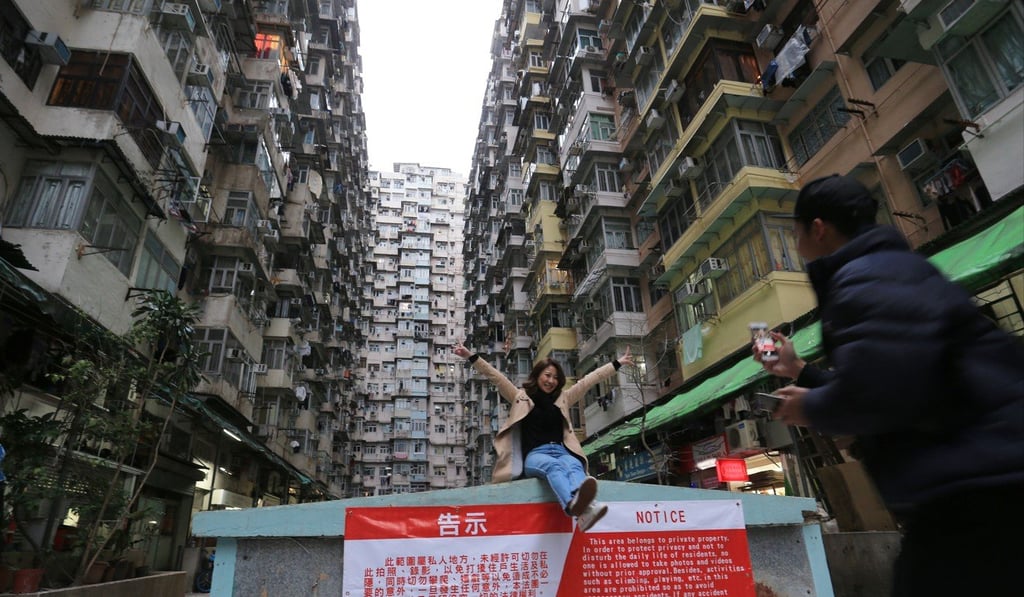Tightened mortgage rules may have done more harm than good in cooling the property market
The government’s interventionist approach to cooling the property market has not been effective

A public poll on the housing outlook conducted by Hong Kong Institute of Asia-Pacific Studies at Chinese University of Hong Kong last December confirms that most people don’t support the use of interventionist measures as a solution to tamp down surging home prices.
Views are now equally split among the positive (rising), negative (falling) and neutral (stable). Actually, sentiment changed when the double stamp duty was raised to a flat rate of 15 per cent in November 2016 as some who used to be neutral turned positive.
For six years, the institute has been tracking public sentiment on housing prices. About half used to be neutral and half sensitive. Among those sensitive, about a third were positive, a third were negative and a third were swing respondents. These findings are consistent with housing statistics. Those who used to be neutral are homeowners who have paid off their mortgage (40 per cent) and public housing tenants who could not afford ownership (17 per cent). Those who used to be swing respondents are potential owners. Sentiment has changed.
When the Leung Chun-ying administration took office in 2012, home speculation had already subsided with the special taxation. Leung endeavoured to resolve the housing problem with abrupt measures rebalancing supply and demand. Apart from a long-term strategy on land supply, Leung imposed new taxes to suppress investment demand and controlled mortgages to reject marginal homebuyers. Supposedly, the housing market would revert to a user-centric model and prices would come down. However, price surged 60 per cent during his term.
In August 2012 a poll found that 55 per cent were neutral and 33 per cent were still positive on housing prices. Following successive demand management (taxation) and counter-cyclical (mortgage) measures, a poll in March 2013 found that sentiment changed. Those negative on the housing price outlook doubled to 29 per cent. The follow up poll in September found that Rise/Fall Gap widened by one-half to 15 percentage points. Housing prices fell by 1.4 per cent in those six months. All looked promising as the Fed formally ended quantitative easing.
Unfortunately, monetary normalisation was not forthcoming and housing supply was disappointing. The double stamp duty is supposedly a way to help homeowners but it also penalises trade-up demand. In particular, homeowners have to serve two mortgages and pay double taxation in the interim. Moreover, interventionist mortgage rules makes it difficult even for new owners to buy in the secondary market. Thus, they turned to the primary market instead, where developers offer financing. The August 2014 poll found that 41 per cent were positive on the housing price outlook, and the Rise/Fall Gap swung from negative 15 percentage points in the previous (September 2013) poll to positive 29 percentage point. Housing prices rebounded 7 per cent.

